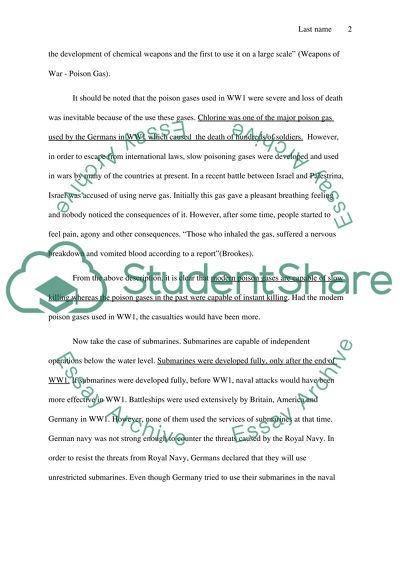Cite this document
(“Strategy, Science and Weaponary: WW I Essay Example | Topics and Well Written Essays - 1250 words”, n.d.)
Strategy, Science and Weaponary: WW I Essay Example | Topics and Well Written Essays - 1250 words. Retrieved from https://studentshare.org/literature/1436256-ww1
Strategy, Science and Weaponary: WW I Essay Example | Topics and Well Written Essays - 1250 words. Retrieved from https://studentshare.org/literature/1436256-ww1
(Strategy, Science and Weaponary: WW I Essay Example | Topics and Well Written Essays - 1250 Words)
Strategy, Science and Weaponary: WW I Essay Example | Topics and Well Written Essays - 1250 Words. https://studentshare.org/literature/1436256-ww1.
Strategy, Science and Weaponary: WW I Essay Example | Topics and Well Written Essays - 1250 Words. https://studentshare.org/literature/1436256-ww1.
“Strategy, Science and Weaponary: WW I Essay Example | Topics and Well Written Essays - 1250 Words”, n.d. https://studentshare.org/literature/1436256-ww1.


